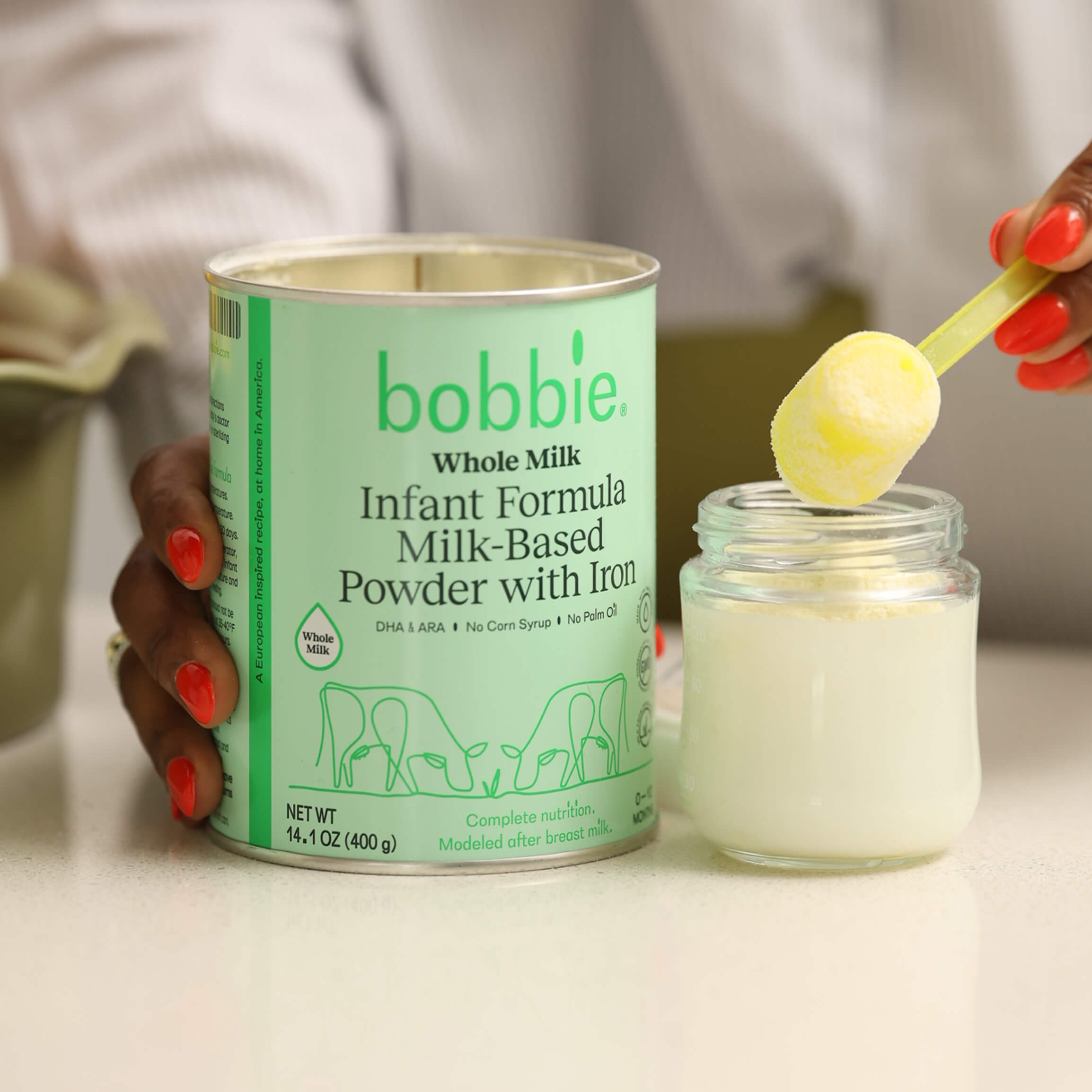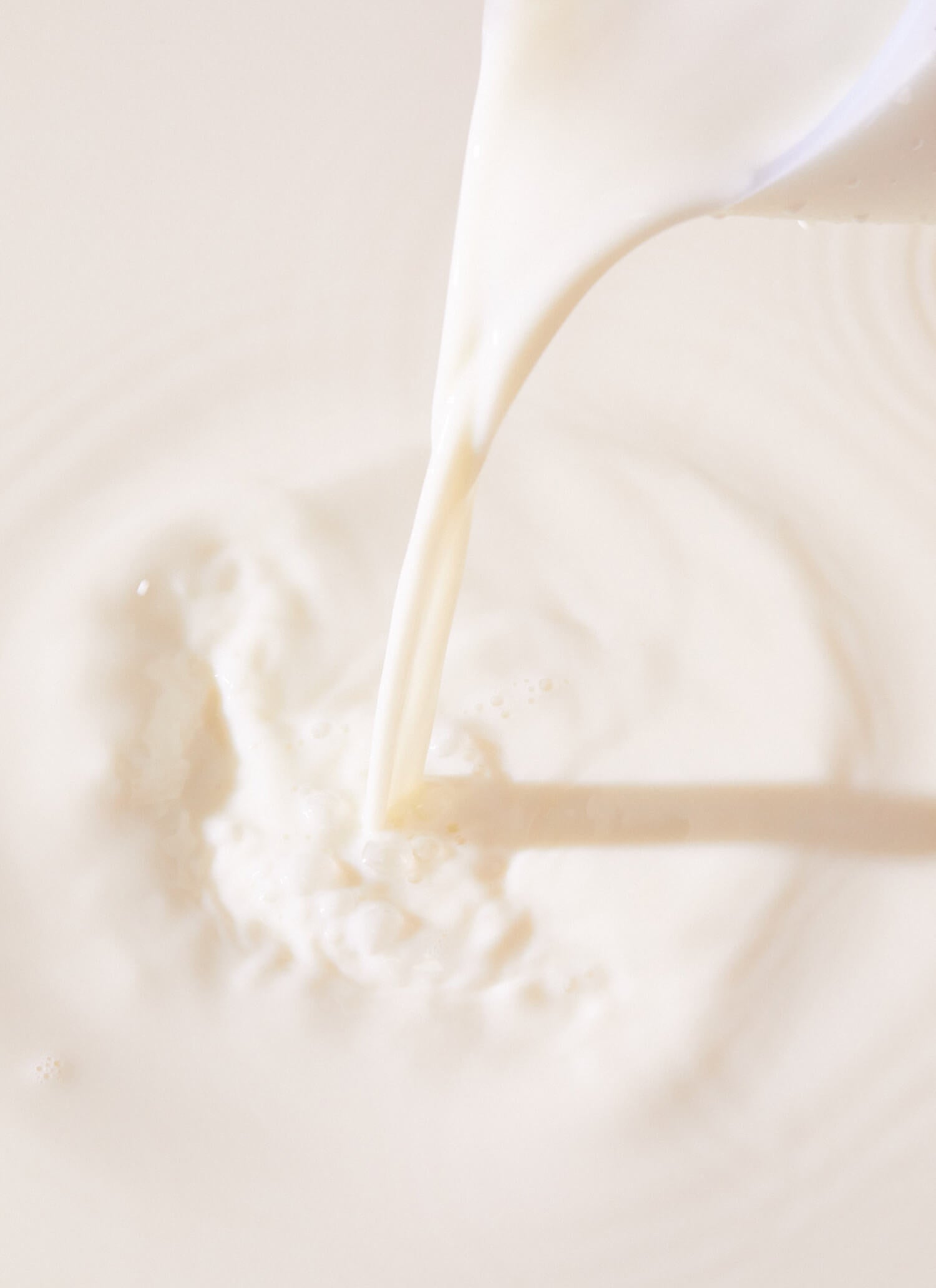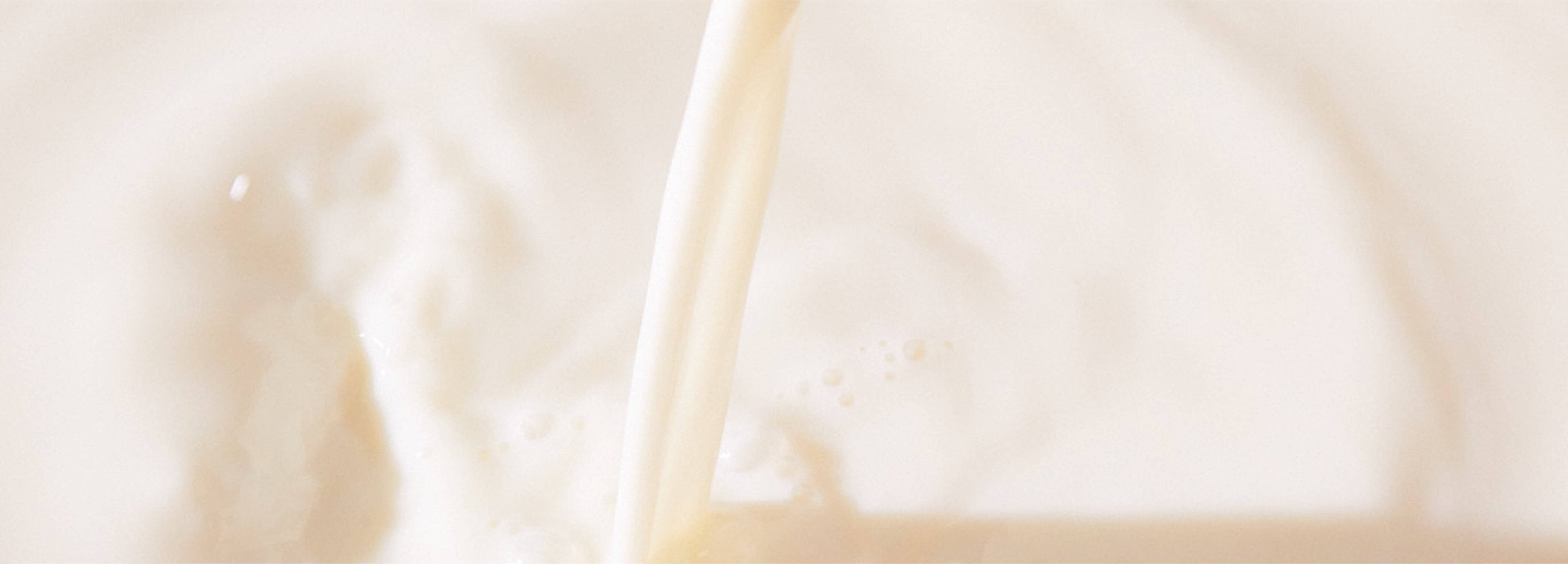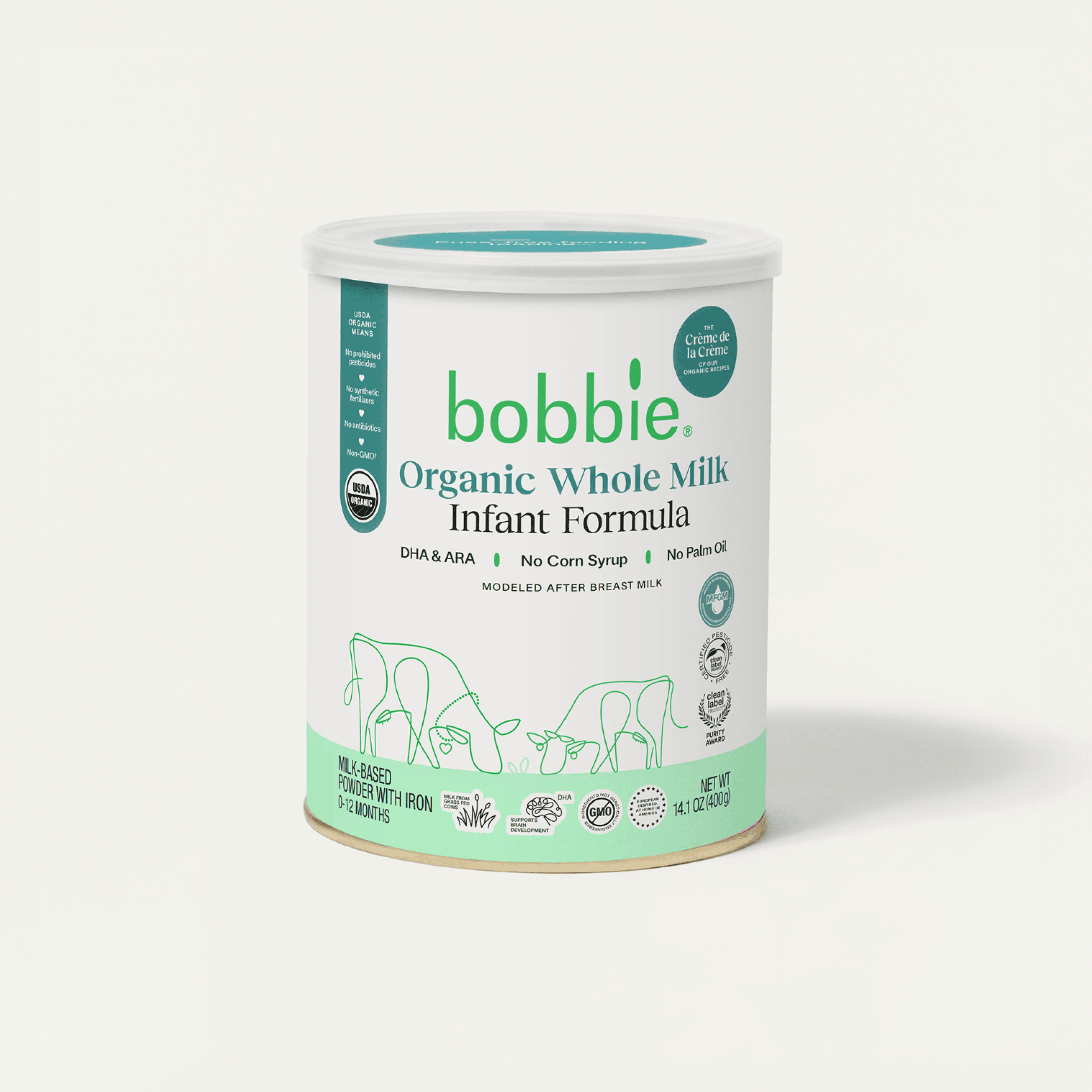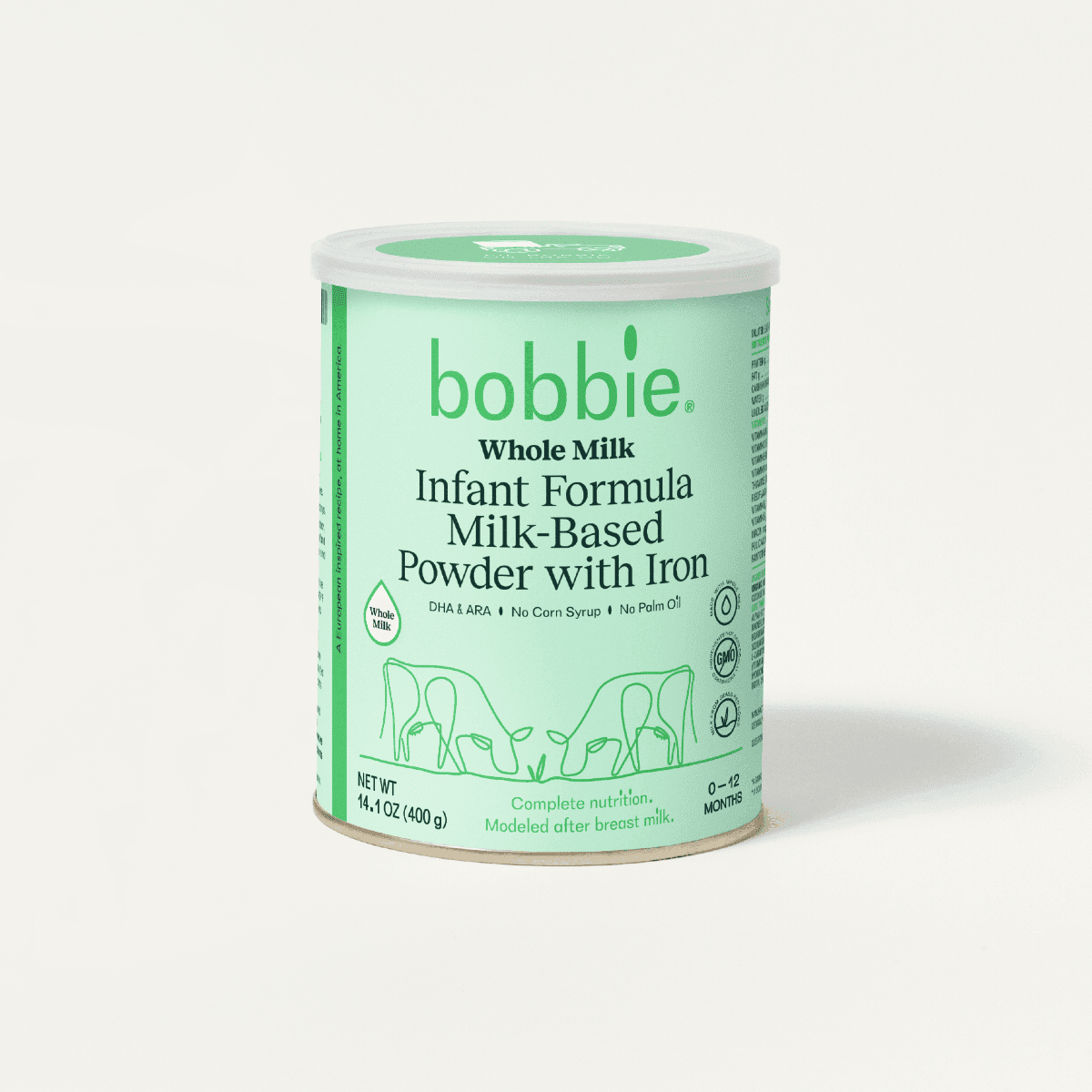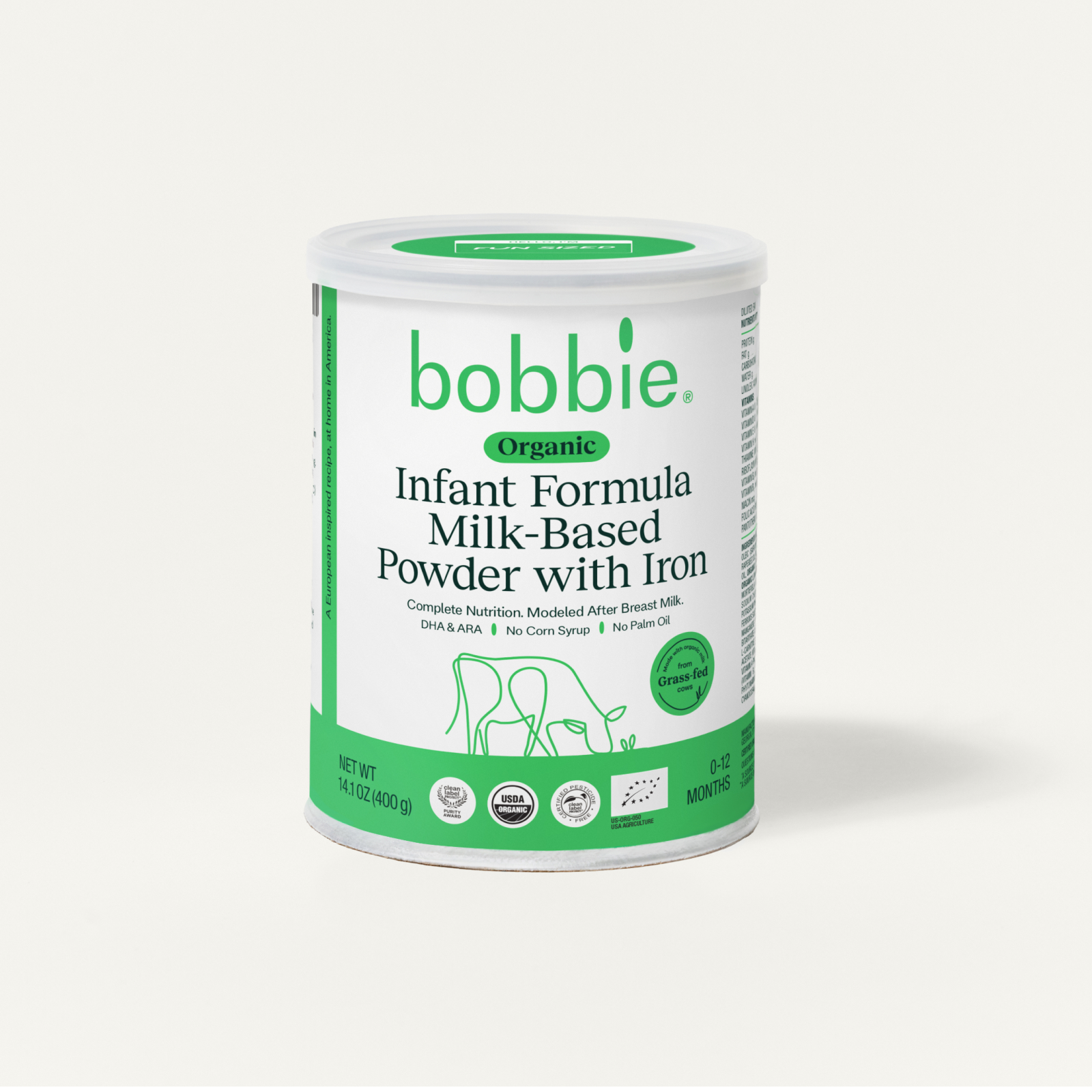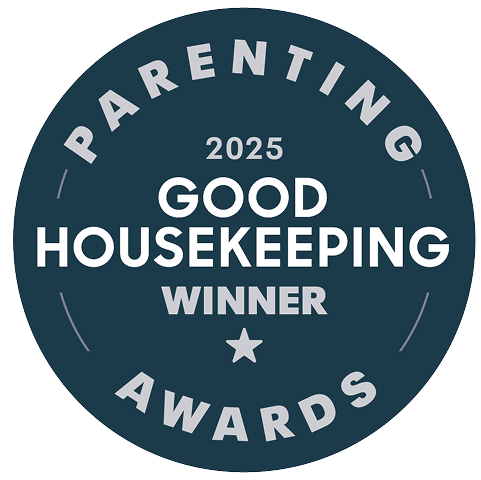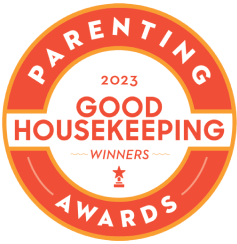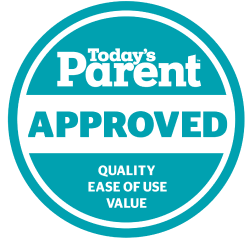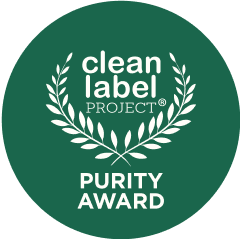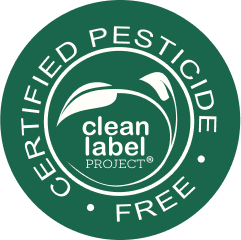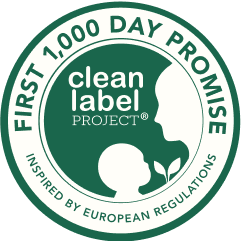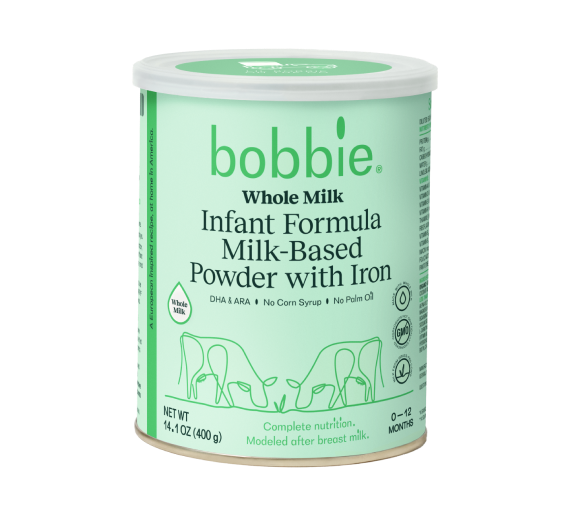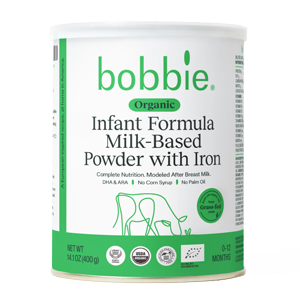Have a 24 or 12.7 oz can? See your [nutrition_popup_opener].
Ingredients (14.1 oz can)
ORGANIC LACTOSE, ORGANIC NONFAT MILK, ORGANIC HIGH OLEIC (SAFFLOWER OR SUNFLOWER) OIL, ORGANIC LOW ERUCIC ACID RAPESEED OIL, ORGANIC WHEY PROTEIN CONCENTRATE, ORGANIC COCONUT OIL, ORGANIC LINOLEIC (SUNFLOWER OR SAFFLOWER) OIL, LESS THAN 1%: ORGANIC LOW ERUCIC ACID RAPESEED LECITHIN, SCHIZOCHYTRIUM SP. OIL*, MORTIERELLA ALPINA OIL**, CALCIUM PHOSPHATE, POTASSIUM CITRATE, SODIUM CHLORIDE, CALCIUM CARBONATE, POTASSIUM HYDROXIDE, POTASSIUM PHOSPHATE, MAGNESIUM CHLORIDE, POTASSIUM BICARBONATE, FERROUS SULFATE, POTASSIUM CHLORIDE, ZINC SULFATE, CUPRIC SULFATE, MANGANESE SULFATE, POTASSIUM IODIDE, SODIUM SELENITE, CHOLINE BITARTRATE, ASCORBIC ACID (VITAMIN C), ASCORBYL PALMITATE, INOSITOL, L-CARNITINE, MIXED TOCOPHEROLS CONCENTRATE, DL-ALPHA TOCOPHERYL ACETATE (VITAMIN E), NIACINAMIDE (VITAMIN B3), CALCIUM PANTOTHENATE, VITAMIN A PALMITATE, RIBOFLAVIN (VITAMIN B2), THIAMINE HYDROCHLORIDE (VITAMIN B1), PYRIDOXINE HYDROCHLORIDE (VITAMIN B6), FOLIC ACID, PHYTONADIONE (VITAMIN K), BIOTIN, CHOLECALCIFEROL (VITAMIN D3), CYANOCOBALAMIN (VITAMIN B12). CONTAINS MILK.
* A source of docosahexaenoic acid (DHA)
** A source of arachidonic acid (ARA)
Nutrition Facts Panel
Diluted: Each 5fl. oz (150 mL) contains 100 calories.
Nutrients per 100 calories:
- PROTEIN g
- 2.0
- FAT g
- 5.3
- CARBOHYDRATE g
- 11
- WATER g
- 136
- LINOLEIC ACID mg
- 725
VITAMINS:- VITAMIN A IU
- 300
- VITAMIN D IU
- 75
- VITAMIN E IU
- 2
- VITAMIN K mcg
- 8.3
- THIAMINE (VITAMIN B1) mcg
- 100
- RIBOFLAVIN (VITAMIN B2) mcg
- 150
- VITAMIN B6 mcg
- 63
- VITAMIN B12 mcg
- 0.2
- NIACIN mcg
- 1000
- FOLIC ACID (FOLACIN) mcg
- 15
- PANTOTHENIC ACID mcg
- 450
- BIOTIN mcg
- 3
- VITAMIN C (ASCORBIC ACID) mg
- 9
- CHOLINE mg
- 25
- INOSITOL mg
- 24
| MINERALS: - CALCIUM mg
- 63
- PHOSPHORUS mg
- 42
- MAGNESIUM mg
- 7
- IRON mg
- 1.2
- ZINC mg
- 0.75
- MANGANESE mcg
- 5
- COPPER mcg
- 71
- IODINE mcg
- 15
- SELENIUM mcg
- 3
- SODIUM mg
- 27
- POTASSIUM mg
- 110
- CHLORIDE mg
- 65
|

